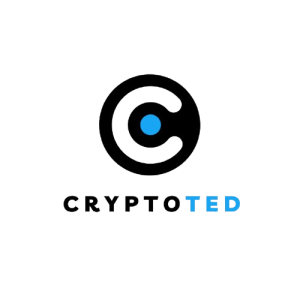
South Korean digital bank KakaoBank hopes to cement its place in the stablecoin market and is reportedly reviewing various entry strategies, including a potential won-pegged stablecoin.
Summary
- KakaoBank is reviewing stablecoin issuance and custody services as part of its digital asset strategy.
- The bank’s initiative is being led by a group-wide Stablecoin Task Force involving KakaoPay and other affiliates.
Local media outlet reports say KakaoBank’s chief financial officer, Kwon Tae-hoon, has confirmed that the company is evaluating a range of possibilities related to stablecoins, including issuance and digital asset custody services.
Is KakaoBank launching a stablecoin?
During KakaoBank’s 2025 first-half earnings call, Kwon stated that the bank is “reviewing various methods such as issuance and custody” and intends to “actively participate” in the digital asset space.
According to ZDNet Korea, this effort is being led in conjunction with the Kakao Group’s internal Stablecoin Task Force (TF), which includes leadership from major affiliates such as KakaoPay.
“For the past three years, we have been issuing real-name verified accounts for virtual asset exchanges and have been operating risk-related measures such as Know Your Customer (KYC) and Anti-Money Laundering (AML)-based monitoring,” he said, adding that the bank’s prior experience in digital asset infrastructure offers a strong foundation for this expansion.
KakaoBank has also participated in the Bank of Korea’s central bank digital currency (CBDC) experiment, where it successfully conducted wallet creation, asset exchange, and remittance trials.
These experiences, Kwon noted, equip the bank with both the technological and regulatory know-how needed to enter the stablecoin sector.
Although the bank did not explicitly announce plans to issue a stablecoin during its earnings call, past actions suggest that such a move may already be under consideration.
In June, KakaoBank quietly filed multiple trademark applications with the Korean Intellectual Property Office related to potential stablecoin offerings.
The applications, which include brand names such as BKRW and KRWB, cover a wide range of categories—spanning cryptocurrency transaction software, blockchain-based payment platforms, and financial services involving digital assets.
These filings, though not definitive proof of a stablecoin launch, align with the company’s broader interest in digital finance and signal preparatory groundwork.
A KakaoBank official later said that the filings were made to “proactively respond to developments in the stablecoin market.”
South Korea’s focus on stablecoins
KakaoBank’s announcement comes as stablecoins gain momentum in South Korea amid regulatory changes introduced by President Lee Jae-myung. Since his election in June this year, Lee has openly supported cryptocurrency innovation and backed legislative efforts to legalize the issuance of stablecoins pegged to the Korean won.
These policy shifts have triggered a surge of interest among major financial institutions. In fact, nine leading South Korean banks, including KakaoBank and Kookmin Bank, have either filed trademarks or announced internal reviews aimed at launching their own won-backed stablecoins by 2026.
While other banks are still in the planning stages, fintech firm fanC and digital infrastructure provider Initech recently unveiled South Korea’s first won-pegged stablecoin, KRWIN. The token is backed 1:1 by the Korean won and was introduced on August 5 in a controlled pilot phase.
And it’s not just in South Korea—stablecoins have become a major talking point across global financial markets. Major economies, including the U.S., China, and Japan, along with financial giants like Citigroup and JP Morgan, have disclosed plans to explore or launch their own stablecoins.
Last month, the total stablecoin market capitalization hit a new all-time high of $261 billion, marking the 22nd consecutive month of growth, with a significant increase in institutional adoption, on-chain utility, and trading volumes across centralized exchanges as well.











